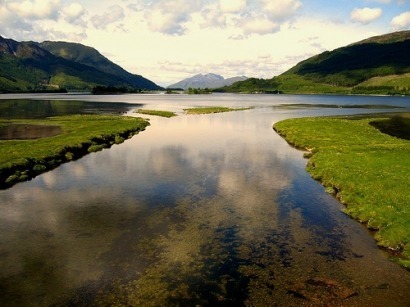
Technologies with a lower environmental impact such as run-of-river, small hydro and low head turbines are proving to be extremely popular to both appease critics of hydro and meet energy needs and are contributing to this rise in hydro power. So much so that in the USA, for example, the regulator of hydro projects, the Federal Energy Regulation Commission, has signed memorandum of understandings with five states to streamline the licensing of small hydroelectric projects.
There has been an increase in pumped storage projects as a standalone option and retrofitted on to existing hydro power assets. As pumped storage is the most mature technology to store electricity generated from intermittent renewables such as wind and solar and then release it to meet peak demand. A large number of such projects are planned or under construction in the USA, China and Europe, which have a significant number of solar and wind projects installed or in the pipeline.
As in previous years, the top four countries in terms of installed capacity are China, the USA, Brazil and Canada. While China and Brazil are still developing mega plant, both Canada and the USA are focusing more on uprating, smaller scale and run-of-river projects. The most interesting is the Niagara tunnel, a giant tunnel to redirect water flow to increase electricity generation at the Sir Adam Beck Generating Stations, increasing electricity generation at the plants.
Worldwide there is a growing trend to plan hydro projects that meet both local demand and the export market. The main barrier to getting these and other projects off the ground is poor access to finance. Several Chinese banks are offering financing for both domestic and international projects, especially in Africa. Usually these projects use Chinese companies such as Sinohydro, which constructs hydro projects, and Dong fang, a manufacturer of hydro turbines.
Despite this competition, Alston Power, Andritz and Voith Hydro remain as the main manufacturers of hydro turbines. Collectively these companies hold 80% of the total market share and are horizontally integrated across the sector. All offer products and services for the lifetime of the plant and have moved into the tidal or ocean energy market. However, according to the report, competition is forecast to grow following the announcement that the Japanese companies, Hitachi, Mitsubishi Electric and Mitsubishi Heavy Industries, are planning to consolidate their operations into one business.
Innovation in the sector has been lacking and has mainly been in the use of computation for monitoring, diagnosis and control of plants. ABB is one of the main companies producing these products, especially for hydro plants in Europe.
More 'environmentally friendly' hydro products are likely to enter the market in the future as the environmental impact of projects along with local opposition from tribal groups are significant barriers to the development of projects. In China many hydro projects are on hold pending environmental review. In North America hydro projects in tribal lands need the consent of the local community to go ahead. Not to mention projects in the Amazon basin can involve the relocation of tribal communities.
Over the mid-term the authors of Global Hydro Power Report Ed1 2011 forecast considerable growth in new hydro capacity. Most growth is expected in the Asia Pacific region, especially in the growing economic power houses of China and India. Along with neighbouring countries which export excess electricity over their borders. Significant growth is also expected in Latin America.
For additional information:

